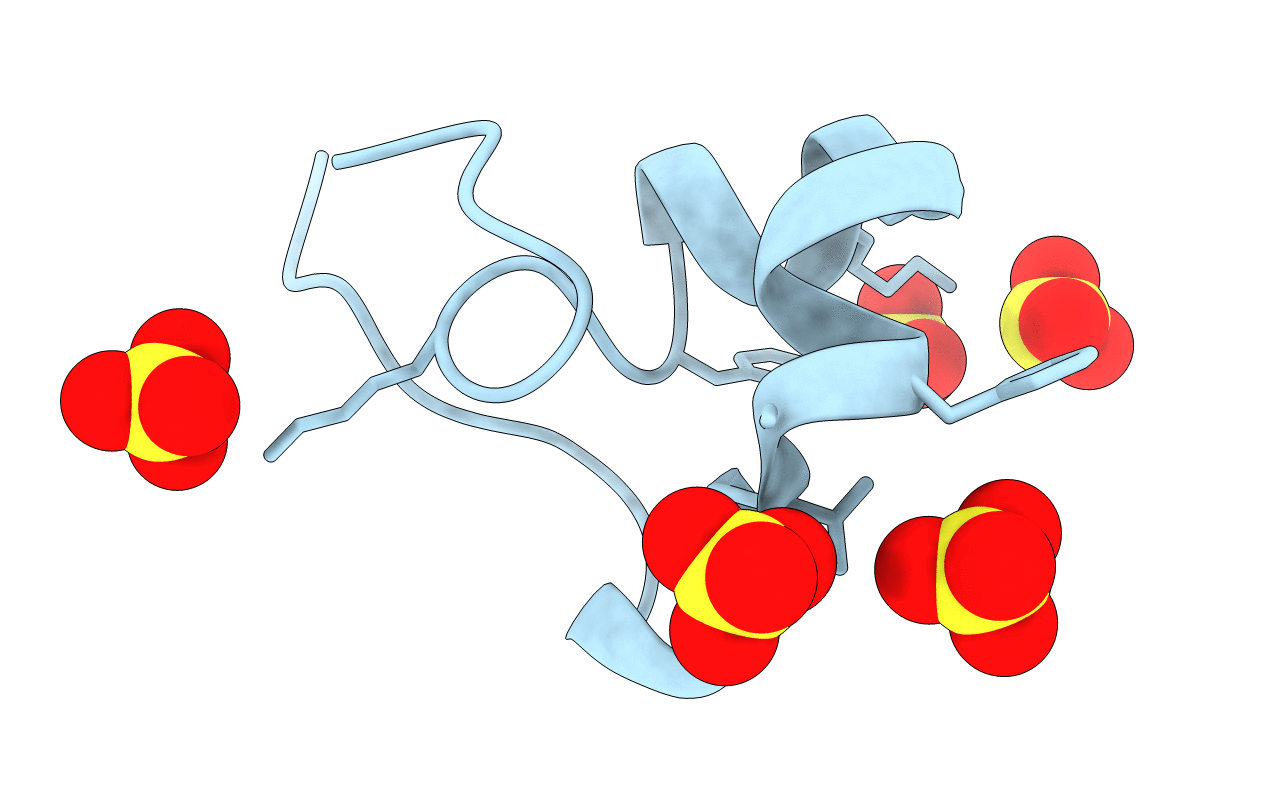
Deposition Date
2015-04-07
Release Date
2015-09-09
Last Version Date
2024-11-06
Method Details:
Experimental Method:
Resolution:
1.20 Å
R-Value Free:
0.22
R-Value Work:
0.20
R-Value Observed:
0.20
Space Group:
H -3


